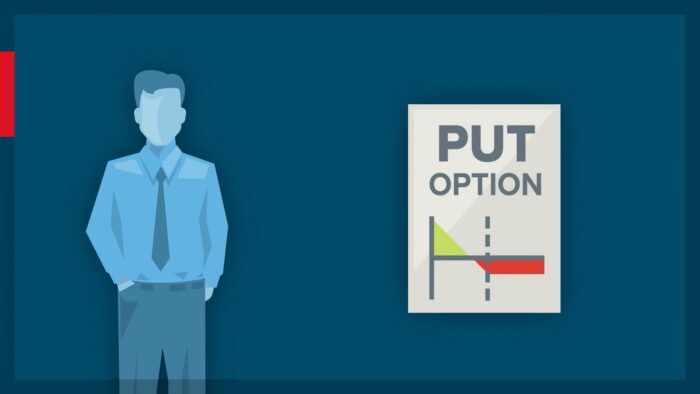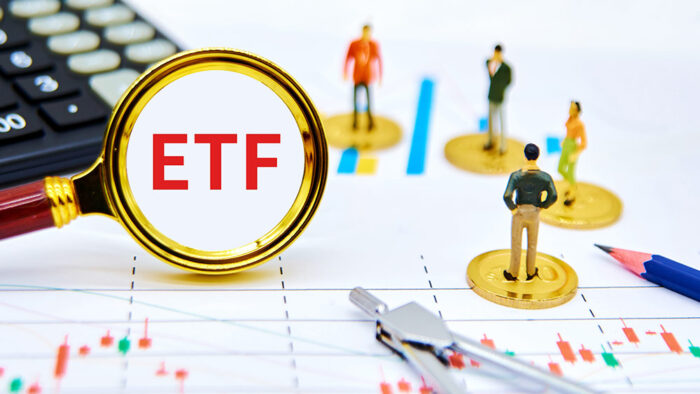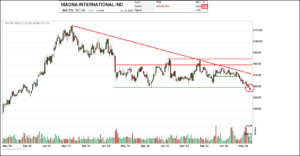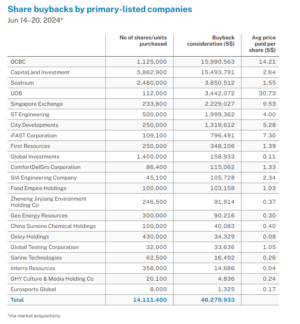“Don’t Fight the Tape” is one of the most tried and true investment adages. When the market is grinding higher, it rarely behooves investors to fight the prevailing trend. Yet amidst the wide divergences that we see among key equity indicators, the outcomes appear to be increasingly binary. Indices like the S&P 500 (SPX) increasingly live or die with mega cap tech stocks. (We discussed this topic, and more, on television this morning.)
It is obvious that enthusiasm for all things related to artificial intelligence (AI) is the key factor in the market’s recent advance. The move is driven by momentum investors pushing names like Nvidia (NVDA) and Broadcom (AVGO) ever higher. That in turn leads to FOMO (fear of missing out) among institutional and individual investors alike. Remember, FOMO is a very important factor among institutional investors. No portfolio manager wants to substantially underperform their benchmark or peers, and since the performance is increasingly being driven by a relatively small cadre of mega cap tech stocks, they have no choice but to join the fray.
This leads us into a feedback loop that can be virtuous – until it isn’t. As stocks like NVDA and AVGO zoom higher, along with others like Apple (AAPL) and Microsoft (MSFT), their weight in capitalization-weighted indices like SPX continues to grow. At this point, over 30% of SPX is concentrated in seven companies – the aforementioned four, plus Alphabet (GOOG, GOOGL), Meta Platforms (META) and Amazon (AMZN). Notice that is six of the so-called Magnificent Seven. (Tesla has fallen out of the top 10 most heavily weighted stocks, something we warned about as early as January of this year.) More importantly, over 20% of SPX is just three stocks – MSFT, NVDA, AAPL. The concentration is even greater in the Nasdaq 100 (NDX), where those stocks make up a bit less than half the index weight.
The risk here is what might occur if investors change their mind about these stocks. Crowded trades are difficult to exit. If everyone is long a select group of stocks, who is left to buy them if they fall. And when even diversified investments like SPX index funds or ETFs become heavily concentrated, the pain spreads even to seemingly unrelated names.
What might one do in the short term? Again, fighting the tape can be treacherous. One strategy involves a barbell – keep buying the tech-heavy indices but utilizing put options as insurance. Remember, when we buy insurance, we don’t WANT it to pay off. And considering that volatility is relatively low right now, the insurance is relatively cheap. Another is to maintain one’s normal investment strategies but utilize call options for exposure to the tech darlings. This way, the investor gets to participate in a rally while defining their losses in advance. One could even combine the two.
By the way, while “Don’t Fight the Tape” remains quite important during a Momo and FOMO driven advance, “Don’t Fight the Fed” has fallen by the wayside. No adage is foolproof.
Join The Conversation
If you have a general question, it may already be covered in our FAQs. If you have an account-specific question or concern, please reach out to Client Services.
Leave a Reply
Disclosure: Interactive Brokers
The analysis in this material is provided for information only and is not and should not be construed as an offer to sell or the solicitation of an offer to buy any security. To the extent that this material discusses general market activity, industry or sector trends or other broad-based economic or political conditions, it should not be construed as research or investment advice. To the extent that it includes references to specific securities, commodities, currencies, or other instruments, those references do not constitute a recommendation by IBKR to buy, sell or hold such investments. This material does not and is not intended to take into account the particular financial conditions, investment objectives or requirements of individual customers. Before acting on this material, you should consider whether it is suitable for your particular circumstances and, as necessary, seek professional advice.
The views and opinions expressed herein are those of the author and do not necessarily reflect the views of Interactive Brokers, its affiliates, or its employees.
Disclosure: ETFs
Any discussion or mention of an ETF is not to be construed as recommendation, promotion or solicitation. All investors should review and consider associated investment risks, charges and expenses of the investment company or fund prior to investing. Before acting on this material, you should consider whether it is suitable for your particular circumstances and, as necessary, seek professional advice.






























The QQQ is now up 7.8% since May 31. That is 11 trading days. The SPY and the QQQ are both very overextended here. The QQQ is overbought beyond belief. How about “The steeper the pop, the steeper the drop?”
good article, thank you.
Thanks for engaging!